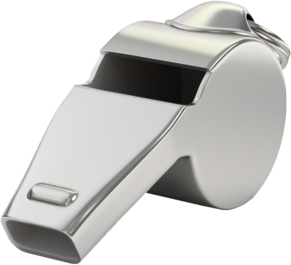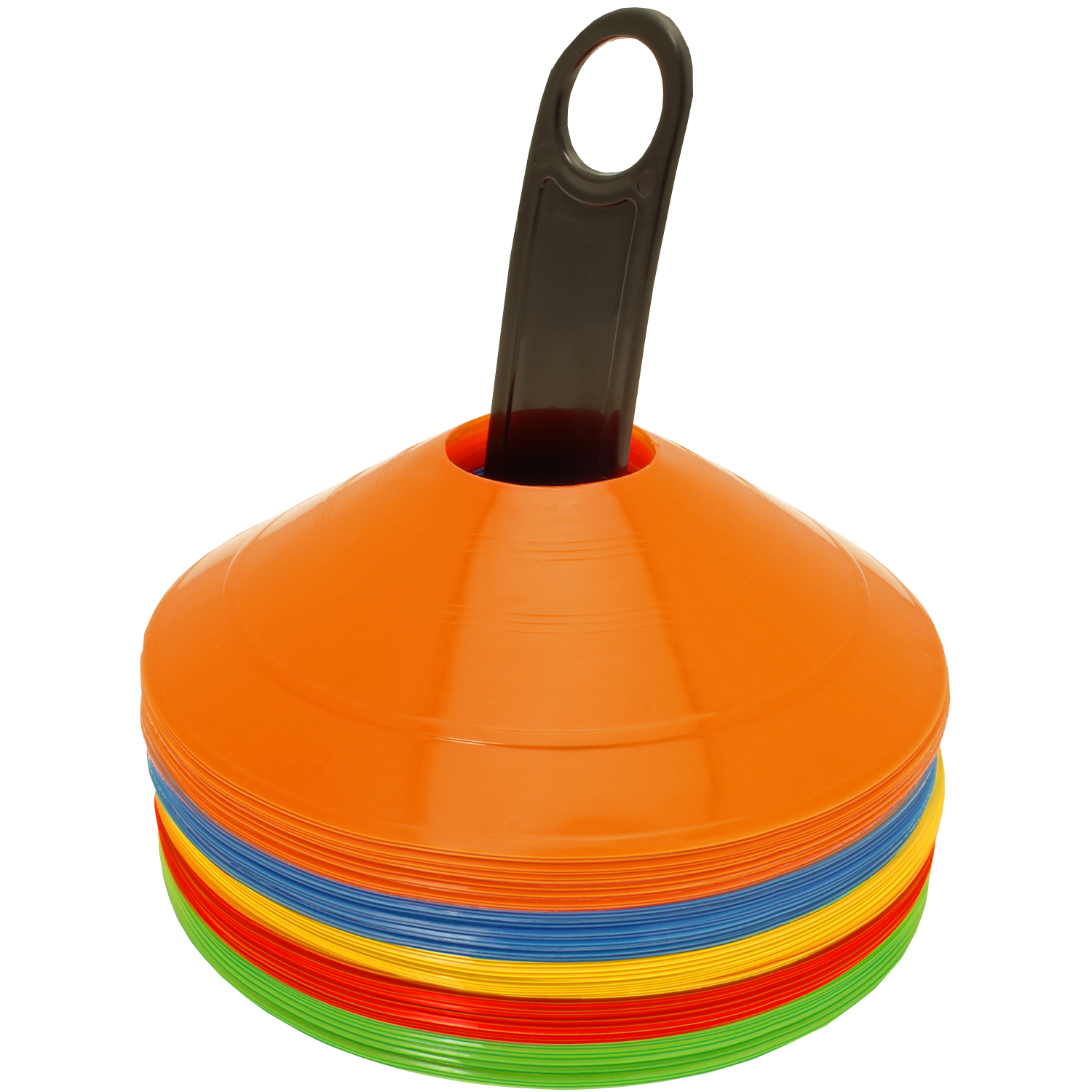- Rugby Toolbox
- The Game
- Small Blacks Rugby
- Planning a Practice
- How to coach Rippa Rugby
- Game Management for Small Blacks
- Little Kenj
- Balance is best
- Small Blacks Warm Up planner
- Child Protection
- Practice Plans
- Small Black Charter
- U7 - What Can I Do?
- U11 - What Can I Do?
- U13 - What Can I Do?
- Keeping Our Small Blacks Safe
- Planning a Practice
- Cultural Awareness
- Score Blowouts
Planning a Practice

“Failing to plan is planning to fail”
Planning
By maintaining a coach’s diary over the season, you can make notes on individual coaching sessions, record performance, highlight areas for further coaching, and note any injuries. The coach’s diary can be invaluable as a future reference for planning.
Check out our specially curated plans for your team. Or, head back to Skills and Drills where you can create your own custom coaching plans. (You need to be logged in to save these).
Remember... you want to:
- Catch Them - kids need to be motivated and a simple game or activity will help.
- Coach Them - Select one key skill at a time. Introduce technique.
- Practice Them - you need to give ample opportunity for players to learn the skill.
Organisation
Before a rugby practice can start the coach needs to plan the session. Just turning up with a bag of balls isn’t good enough.
How Many Players Do You Have?
Depending on your grade and availability of children, this will vary. The important things to remember is that you need enough equipment and enough room to carry out your practice.
What Equipment Do You Need?
There is a large array of rugby gear to use nowadays, but this can sometimes cloud what you are trying to achieve at your practice.
Essential Equipment List
- A Whistle – A whistle is always a good indicator for children to STOP or START an exercise, simulate game situations and a vital tool for keeping control of your practices. It can also be a good way to save your voice for getting the attention of the players.

- Balls – Make sure you have enough balls (absolute minimum is four balls). The more times a player has a ball in their hands during practices, the more opportunity there is for skill development. Make sure that the balls are the recommended size for your players.
- Cones – These are really handy in marking out an area, grids, relays and line formations. They clearly define the playing areas for your games and activities. Great for setting boundaries. The more the better!
- Hit Shields & Tackle Bags – Although handy for contact situations, these aren’t a necessity for junior rugby practices. If you are going to use them make sure they are the appropriate size. I would throw the tackle bags away!

- Poles – Good for evasion skills, i.e. side-step, swerve, etc.
- Bibs – Essential for modified games and team runs but turning shirts inside out has worked before or colour code your team.
- Mouthguards – Needed in all games and practices.
Major Considerations
The Conditions – You need some ground to practise on and depending on your personal situation this may vary, but you can get away with a very small area e.g. 20m x 20m if needed. Half a field is a good rule of thumb.
Make sure you define your boundaries. You also need to consider the weather. Do you have a plan if it rains?
Check the safety of your training area. Make sure bikes, pot holes, scrum machines, glass or other obstructions/ hazards aren’t near this area.
The Time – Most teams can only fit one practice in for the week; therefore, time is crucial in the development of the players. Practices going over an hour may exceed the attention span of this age group.
My Teams Capabilities
- What are the capabilities of your team?
- Who has played before and who hasn’t?
- How old are they?
- What skills do they have, and which ones need development the most?
Too often we see coaches performing skills and activities that aren’t appropriate to the level of the players capabilities.
JUST BECAUSE YOU SAW THE ALL BLACKS PERFORMING AN ACTIVITY DOESN’T MAKE IT A GOOD ACTIVITY FOR JUNIOR PLAYERS!
Timing Additions
Practice should be a fast-paced environment, where you can stop to explain or reinforce a skill, but generally keep things moving. Kid’s attention spans increase as they get older – by one minute per year. At practice, keep kids busy doing something, not waiting in lines or standing around. Simple warm-up passing, catching and running in small groups is better than relay lines or running around the field. It’s best if you work on 10-15-minute segments. Any longer and the group will lose interest.